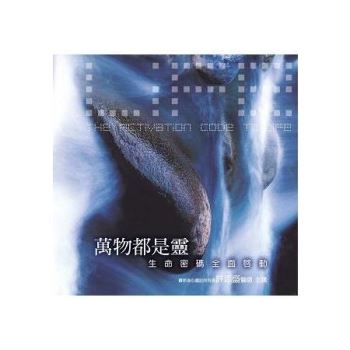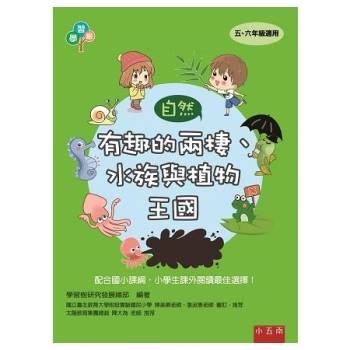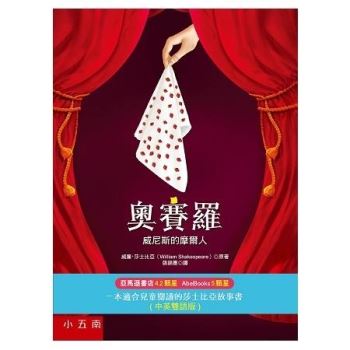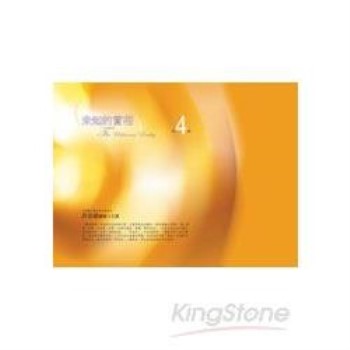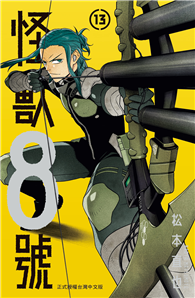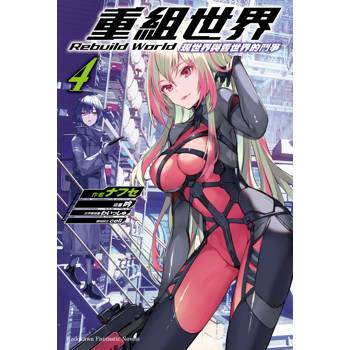This book is the voice of everyday people talking about their city’s poetry-prose transformation. Through the narrative-imagination of the local lives, the book takes the reader on a journey of the past-present-future of Yazd: how the city was formed and transferred from the historic core to the newer parts over time; how people daily engage with the city; why some people enjoy living in the Historic Yazd while others prefer dwelling in the Old and New cities; why these areas are still occupied with the locals keeping the whole city alive and dynamic; if there is a socio-cultural interrelationship between these areas; and hearing the locals’ wishes about the future of their city.
Using the "shoe" as a symbol of various social fabrics of Yazd, the book reveals unseen important matters affecting city life from the moment residents put on their shoes to engage within the city and their public lives to the time they remove their shoes on entering their households to share in their private lives. Beyond hearing the locals’ voices, the book also examines to what extent scholars’ definitions of place are in parallel or in contrast with the ordinary people’s definitions of their living places.
The book aims to introduce a new urban methodology to urban studies so that local voices can truly be considered in urban planning and design projects. This approach is particularly absent in Iranian urban studies on which this book attempts to investigate, which was examined in Yazd.

